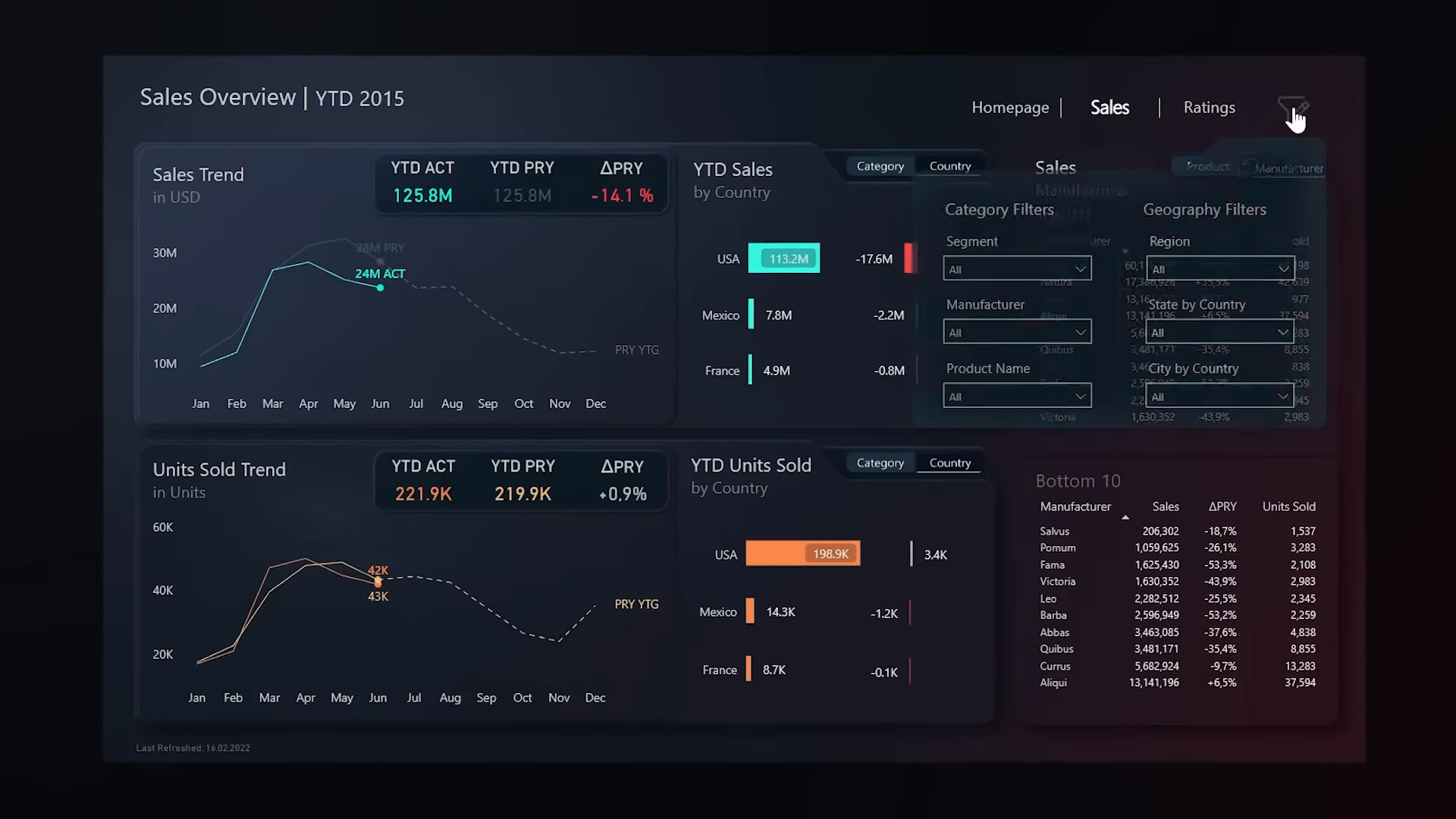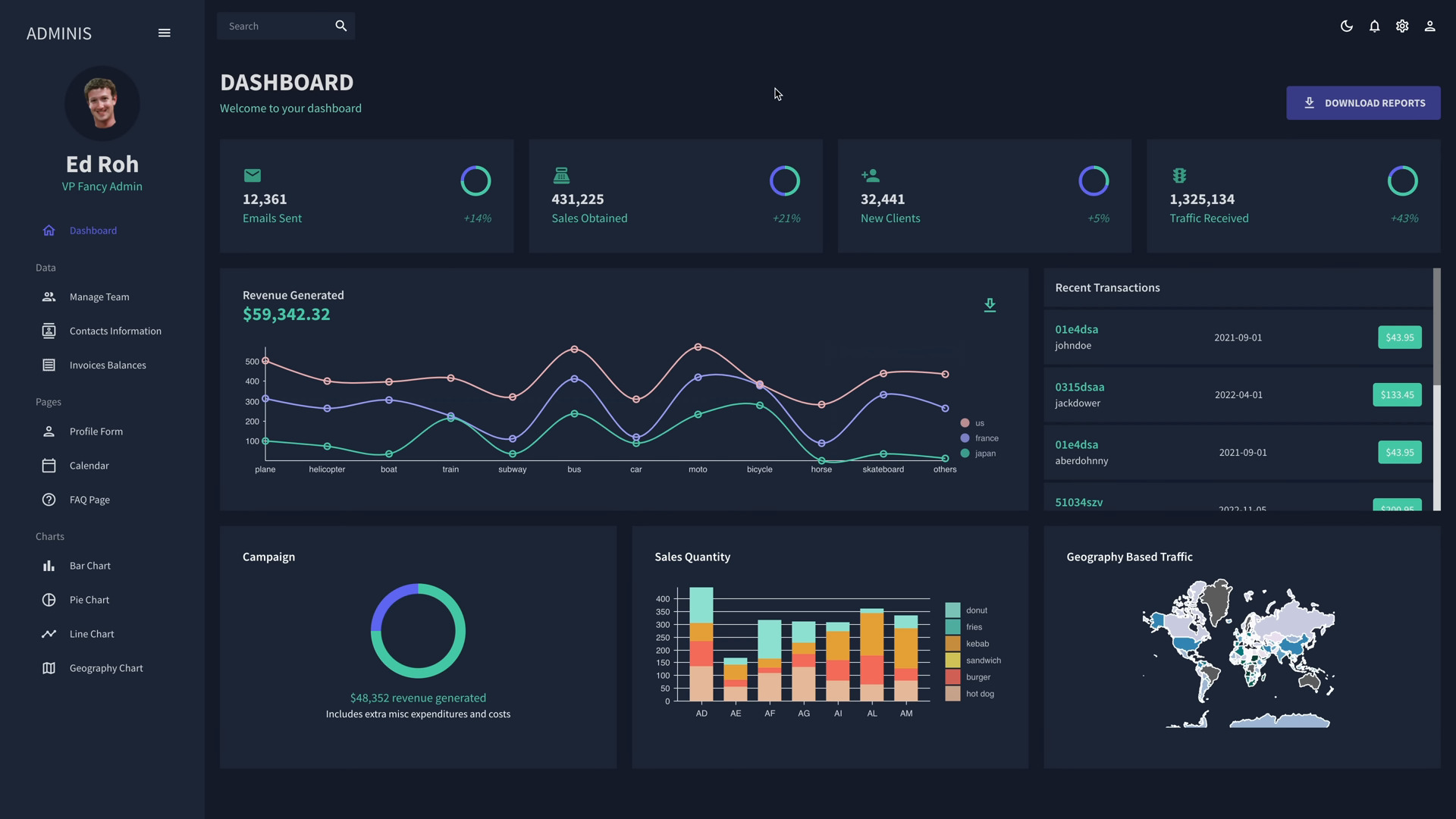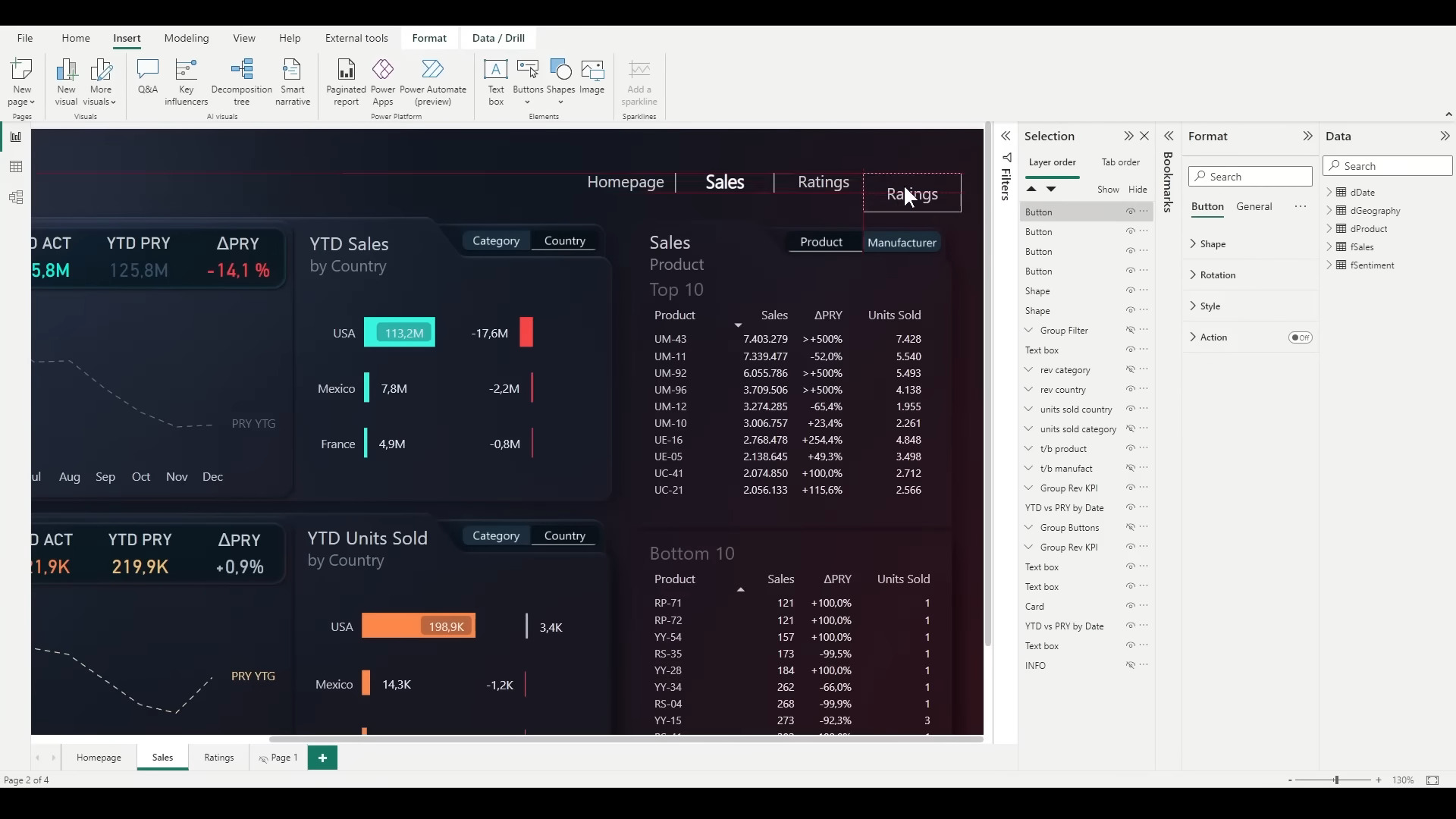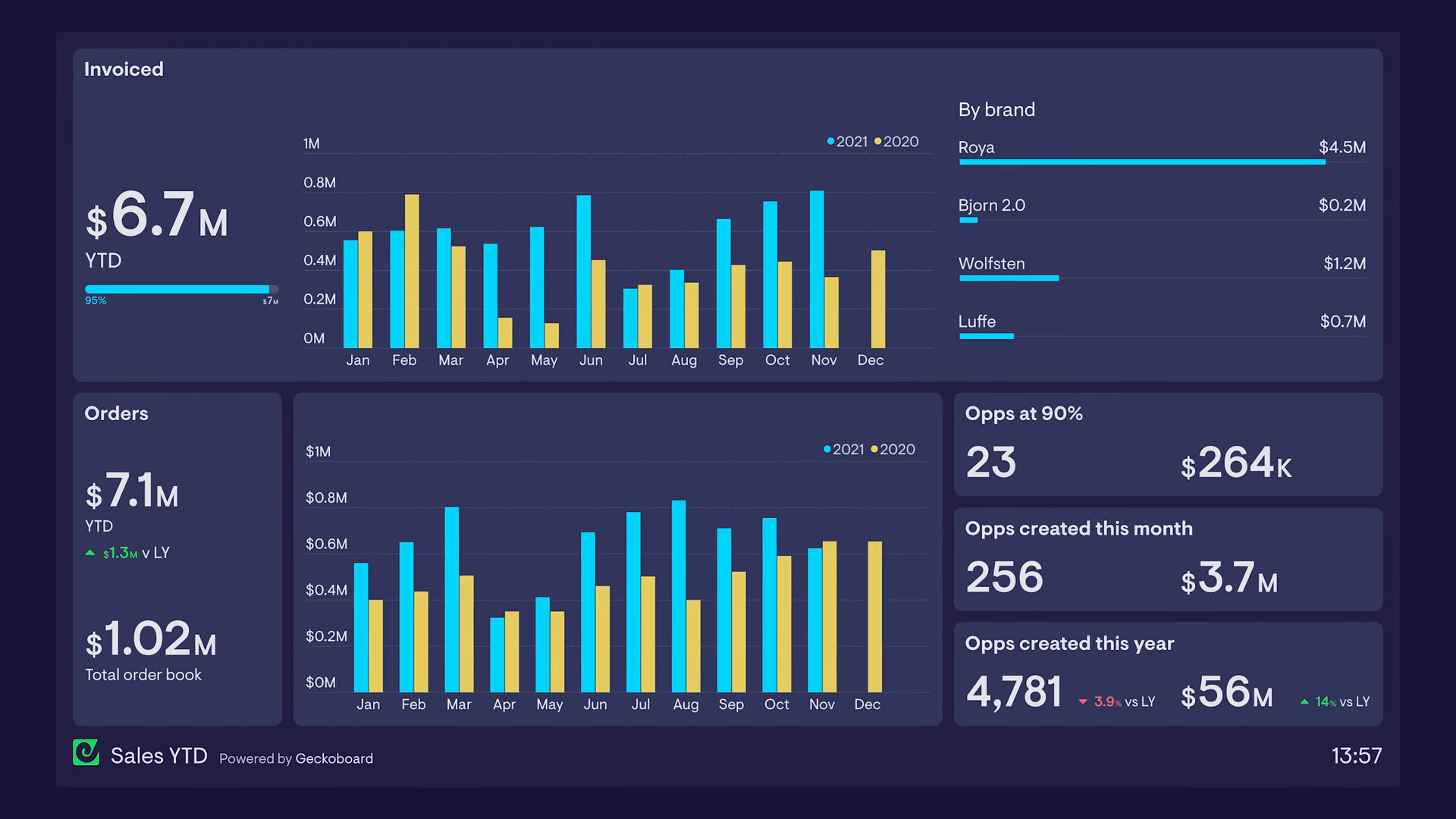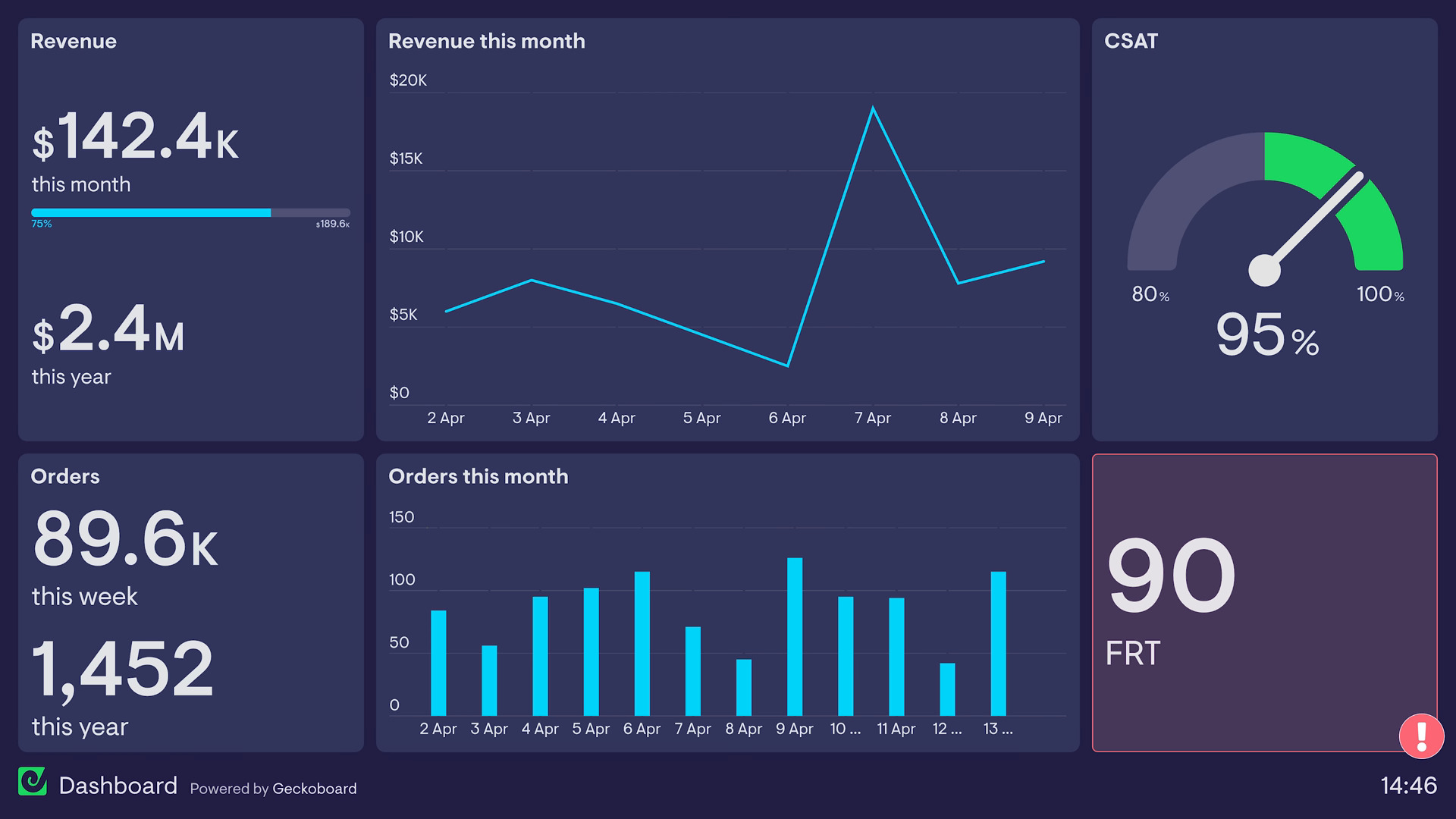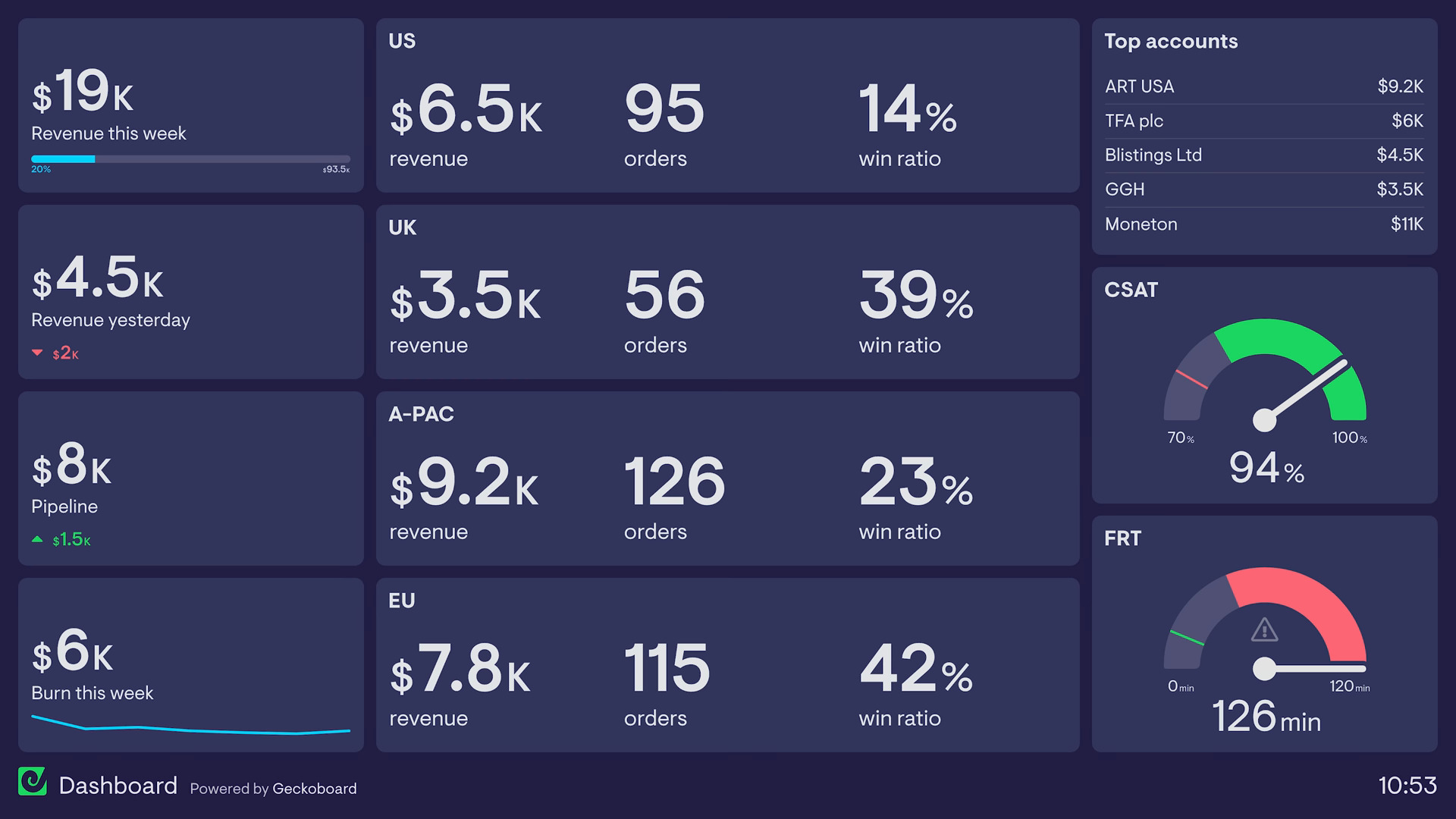Business intelligence (BI) and Data Analysis are two closely related concepts that are often used interchangeably. However, there is a subtle difference between the two.
- Business intelligence is the process of collecting, analyzing, and presenting data to help businesses make better decisions. It focuses on descriptive analytics, which provides a summary of historical and present data to show what has happened or is currently happening. BI answers the questions “what” and “how” so you can replicate what works and change what does not.
- Data analysis is a broader term that encompasses all of the processes involved in extracting insights from data. It includes descriptive analytics, as well as predictive analytics, which uses data to predict future trends or outcomes. Data analysis can also involve prescriptive analytics, which uses data to recommend specific actions that can be taken to improve business performance.
In general, Business Intelligence is focused on providing insights into what has happened, while data analysis is focused on using data to predict what will happen or to recommend specific actions.
Here are some of the key concepts that are included in Business Intelligence (BI):
- Data modeling: The process of creating models of data to understand its structure and relationships. This can be used to identify patterns and trends in the data, and to make predictions about future behavior.
- Data collection: The process of gathering data from a variety of sources. This can include physical data, such as sensor readings, or digital data, such as customer transactions.
- Data cleaning: The process of removing errors and inconsistencies from data. This is important to ensure that the data is accurate and reliable.
- Data visualization:the process of presenting data in a way that is easy to understand and interpret. This can be done using charts, graphs, diagrams and other visuals. Dashboards are a type of data visualization that provides users with a high-level overview of key metrics and trends.
- Data preparation: The process of preparing data for analysis. This can include cleaning the data, transforming it into a format that is compatible with the analysis tools, and enriching it with additional information.
- Data discovery: the process of finding and understanding data that is hidden or unknown. It is a way to make sense of the vast amounts of data that businesses collect today. Data discovery can be used to find new insights, identify problems, and make better decisions.
- Data mining: the process of extracting patterns and trends from data. It is a way to make sense of the vast amounts of data that businesses collect today. Data mining can be used to find new insights, identify problems, and make better decisions.
- Data exploration: The process of gaining an understanding of data by exploring it visually and statistically. This can help to identify patterns and trends, and to understand the relationships between different variables.
- Data understanding: The process of gaining a deep understanding of data by analyzing it from different perspectives. This can help to answer questions about the data, and to make predictions about future behavior.
- Data processing: The process of transforming data from one format to another. This can be done for a variety of reasons, such as to make the data more compatible with analysis tools, or to make it easier to store and manage.
- Data enrichment: The process of adding additional information to data. This can be done to improve the quality of the data, or to make it more useful for analysis.
BI and data analysis are essential tools for businesses that want to make better decisions based on data. By using these tools, businesses can gain insights into their customers, operations, and markets. This information can be used to improve products and services, increase sales, and reduce costs.
Here are some of the benefits of using BI:
- Improved decision-making: BI and data analysis can help businesses make better decisions by providing insights into their customers, operations, and markets.
- Increased efficiency: BI and data analysis can help businesses improve their efficiency by identifying areas where costs can be reduced or processes can be streamlined.
- Increased customer satisfaction: BI and data analysis can help businesses improve customer satisfaction by providing them with personalized experiences and recommendations.
- Increased profitability: BI and data analysis can help businesses increase their profitability by identifying new opportunities for growth and by optimizing their operations.
How BI and Data Analysis Can Help Your Organization
- Improved decision-making: BI and data analysis tools can help organizations make better decisions by providing insights into past performance, current trends, and future possibilities. For example, BI tools can be used to:
- Identify which products are selling well and which ones are not.
- Track customer behavior and preferences.
- Forecast demand for products and services.
- Increased efficiency: BI and data analysis tools can help organizations to identify areas where they can improve their efficiency. For example, BI tools can be used to:
- Identify bottlenecks in production processes.
- Optimize marketing campaigns.
- Automate tasks.
- Improved customer service: BI and data analysis tools can help organizations to improve their customer service by providing insights into customer behavior and preferences. For example, BI tools can be used to:
- Identify customers who are at risk of churn.
- Target customers with personalized marketing messages.
- Resolve customer complaints more quickly.
- Increased compliance: BI and data analysis tools can help organizations to comply with regulations by providing insights into their data and helping them to identify potential risks. For example, BI tools can be used to:
- Track customer data.
- Identify potential data breaches.
If you are looking for a way to improve your decision-making, performance, efficiency, customer service, or compliance, business intelligence and data analysis services can help. By using BI and data analysis tools, organizations can gain insights into their operations and make better decisions that lead to better results.
Here are some of the benefits of using business intelligence and data analysis services:
- Improved decision-making: BI and data analysis tools can help organizations make better decisions by providing insights into past performance, current trends, and future possibilities.
- Increased efficiency: BI and data analysis tools can help organizations to identify areas where they can improve their efficiency.
- Improved customer service: BI and data analysis tools can help organizations to improve their customer service by providing insights into customer behavior and preferences.
- Increased compliance: BI and data analysis tools can help organizations to comply with regulations by providing insights into their data and helping them to identify potential risks.
If you are interested in learning more about how business intelligence and data analysis services can help your organization, please contact us today.
